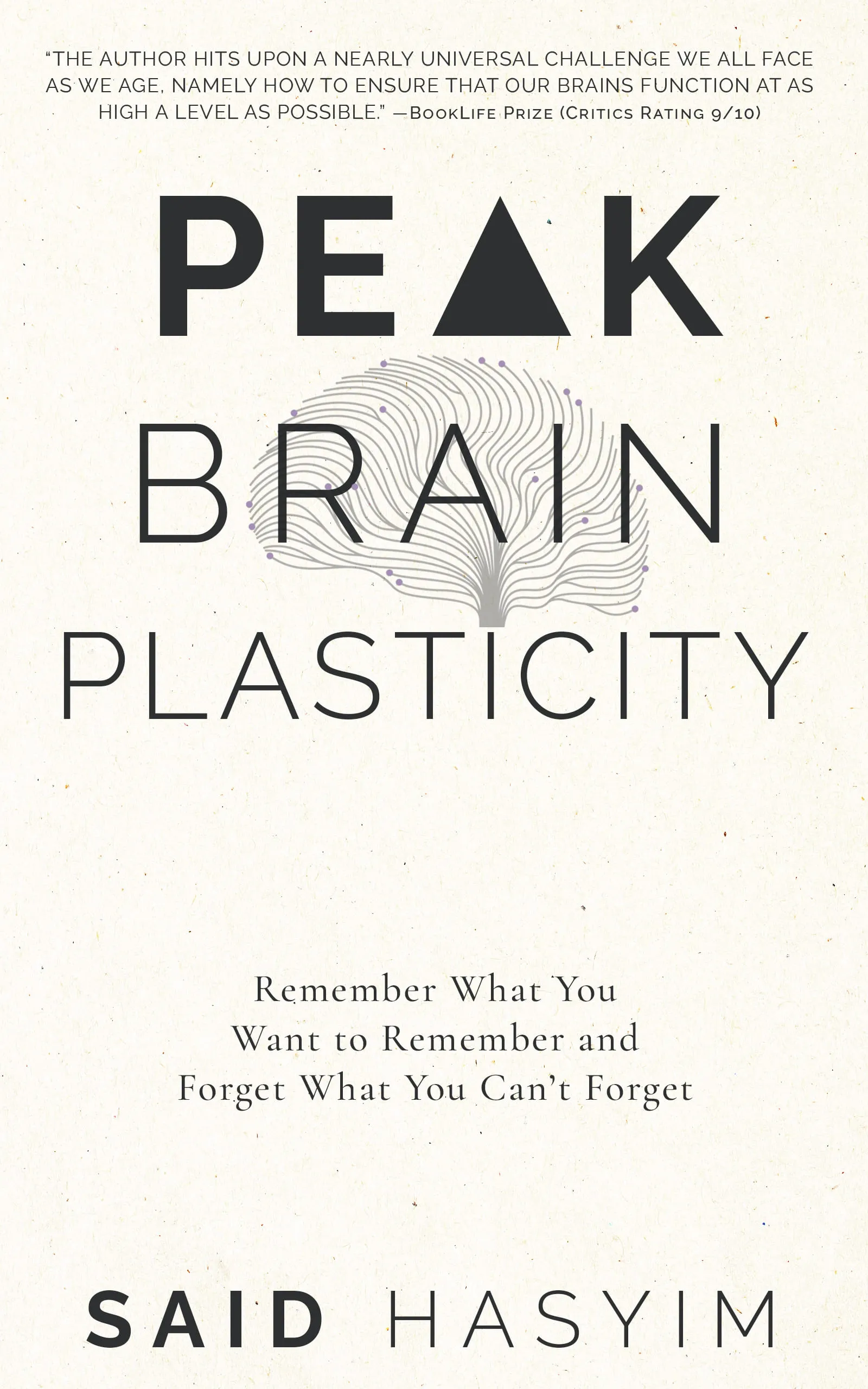How to Use Visualization to Enhance Memory
Memory plays a crucial role in our everyday lives—whether we’re recalling facts for an exam, remembering names at a social gathering, or trying to navigate a new city. However, many people struggle with memory retention due to a variety of factors, such as stress, distractions, or simple forgetfulness. One effective technique to combat these challenges is visualization. In this blog post, we will explore how to harness visualization techniques to enhance memory, explain the science behind it, and provide practical tips to get started.
The Science Behind Visualization and Memory
Visualization, or the process of creating mental images, leverages our brain's inherent ability to remember visual information better than verbal information. Research in cognitive psychology has shown that our brains are wired to process visuals more efficiently. This phenomenon is often referred to as the “dual coding theory,” which suggests that information is stored in both verbal and visual formats, making it easier to retrieve later.
For example, if you are trying to remember a list of groceries, picturing each item vividly—perhaps imagining how the luscious red tomatoes look or the crunchiness of fresh lettuce—will aid in better recall than simply repeating the list multiple times.
The Benefits of Visualization for Memory
Enhanced Recall: By transforming abstract information into concrete images, visualization creates stronger mental connections, making it easier to retrieve memories.
Improved Focus: Visualizing information requires concentration, which helps filter out distractions and allows for deeper processing of material.
Creative Association: Visualization encourages us to make creative connections between pieces of information, which can lead to more profound understanding and insights.
Reduced Anxiety: For some, recalling information can be stressful. Visualization can make the process more engaging and enjoyable, reducing the pressure associated with memory tasks.
Types of Visualization Techniques
Mind Mapping: This technique involves creating a visual diagram that represents concepts and their relationships. By organizing information spatially, it becomes easier to recall connections and hierarchies.
Memory Palaces (Method of Loci): This ancient technique involves associating the items you want to remember with specific physical locations in a familiar setting (like your home). As you mentally walk through the space, the images you have placed in each location can help you recall the information later.
Chunking: Break large amounts of information into smaller, more manageable visual “chunks.” For instance, instead of trying to memorize the number sequence 149217761941, you could chunk it into three parts: 1492, 1776, and 1941, each of which holds historical significance.
Storytelling: Craft a narrative that incorporates the information you need to remember. This can help weave abstract concepts into a memorable and engaging storyline that your brain finds easier to retrieve.
Visualization in Action: Imagine performing a task or rehearsing a presentation in your mind’s eye. This can enhance both your memory of the content and your confidence in delivering it.
How to Implement Visualization Techniques
Step 1: Identify Your Goal
Start by determining what it is that you want to remember. Is it a list, a concept, or perhaps a presentation? The clarity of your goal will guide how you choose to visualize the information.
Step 2: Choose Your Visualization Technique
Depending on your goal and personal preferences, select one or a combination of visualization techniques that resonate with you. For instance, if you are more comfortable with stories, consider using storytelling to frame the information you need to remember.
Step 3: Create Vivid Images
While visualizing information, ensure that the images are as vivid, colorful, and dramatic as possible. Consider using your senses—think about how things smell, sound, and feel, not just how they look. The more detailed your images, the better they will stick.
Step 4: Associate Emotion
Emotional connections can enhance memory retention. To strengthen your visualization, try to associate positive or relevant emotions with the images you create. This emotional engagement can act as an additional hook for memory recall.
Step 5: Practice Regularly
Like any skill, using visualization to enhance memory requires practice. Set aside time each day to engage in visualization exercises. This can be as simple as visually rehearsing upcoming events or imagining scenarios where you need to recall specific information.
Step 6: Review and Reflect
After a period of practice, it’s crucial to review what you’ve learned and reflect on your progress. Pay attention to which techniques work best for you and modify your approach accordingly.
Additional Tips for Successful Visualization
Stay Relaxed: Stress can hinder your ability to visualize. Engaging in mindfulness or relaxation techniques before practicing can help clear your mind.
Limit Distractions: Find a quiet space to practice visualization. A calm environment will enhance your focus and help create more vivid mental images.
Adapt Techniques: Tailor visualization techniques to fit your personal learning style and the material at hand. Flexibility is key in finding what works for you.
Conclusion
Incorporating visualization into your memory enhancement toolkit can drastically change how you learn, retain, and recall information. By turning abstract concepts into concrete images, you can build stronger mental connections and enhance your overall memory. Start exploring these techniques today, and you may be surprised at how much easier it becomes to remember the things that matter most!
Happy visualizing!
Harness the Power of Neuroplasticity
Discover Peak Brain Plasticity, a practical book to harnessing neuroplasticity. Enhance your memory, learn new languages quickly, and alleviate anxiety with effective study methods. Uncover daily habits that impact cognitive health and explore techniques for accelerated learning and memory retention. Unlock your brain's potential for growth and transformation.
